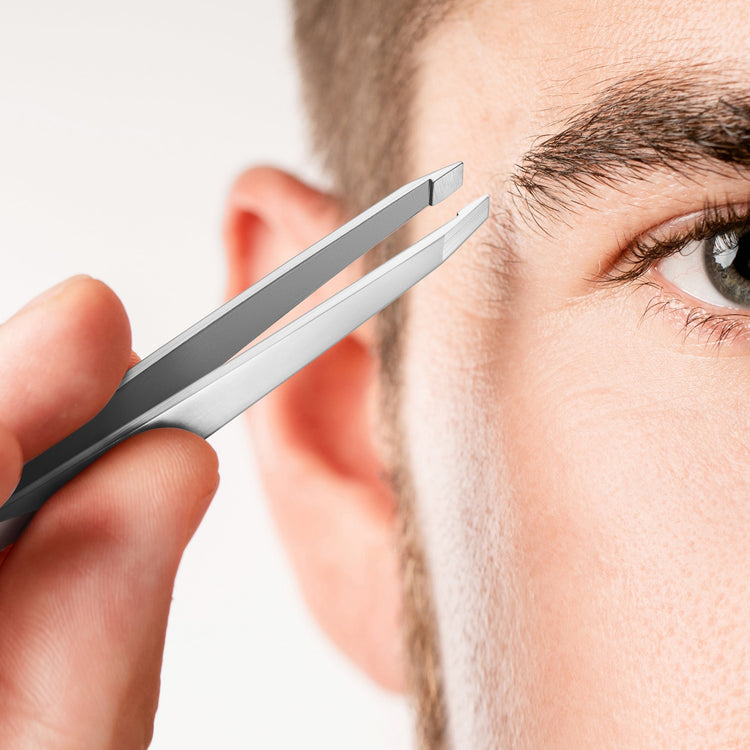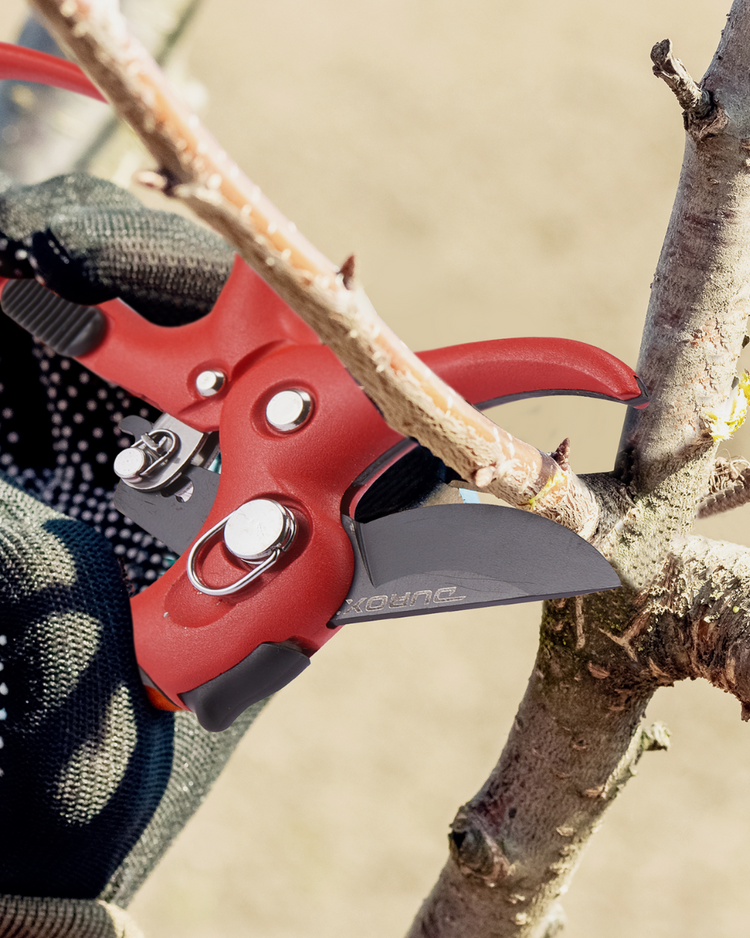
The Complete Tweezer Care Guide: Boost Performance and Extend Durability
Ultimate Guide to Tweezer Maintenance: Enhancing Longevity and Performance
Ready to keep your tweezers in tip-top shape? This guide covers all the essentials for maintaining your tweezers, from easy cleaning techniques to smart storage solutions. Whether you're a grooming enthusiast or a casual user, these tips will help ensure your tweezers are always sharp, clean, and effective.
What You'll Need for Cleaning:
-
Soft Cotton Cloth:
Essential for removing hair, debris, fibers, or residue gently.
-
Medical-Grade Disinfectant:
Ideal for deep cleaning. Limit exposure to 10 minutes to prevent rust.
-
70% Isopropyl Alcohol or Neutral to Alkaline pH Detergent:
Safe for stainless steel, these prevent damage and staining. Mild soap water is a suitable alternative.
Cleaning and Disinfecting Practice:

-
Thoroughly Clean Tweezer Tips with a Soft Cotton Cloth:
Check your tweezers for any hair, debris, fibers, or residue and carefully wipe them clean using a soft cotton cloth. Avoid hard brushes or scouring pads as their stiff bristles or fibers can scratch the tweezers' surface, leading to stains or worse, damaging the tips which can affect their ability to grip hair effectively. Ensure every part of the tweezers is spotless and free from any marks or debris.

-
Limit Disinfectant Exposure to 10 Minutes:
While medical-grade disinfectant is crucial for cleaning, it's important not to leave tweezers submerged overnight as this can lead to rusting. A brief 10-minute immersion in cold sterilization solutions is sufficient for disinfecting; leaving them in any longer can harm the steel.
-
Rubbing Alcohol or Neutral to Alkaline pH Detergent:
For safe and effective cleaning, use 70% Isopropyl Alcohol or detergents with a pH of up to 12. These are gentle on stainless steel and help prevent damage or staining. Alternatively, mild soap water can be used. Steer clear of acidic detergents which can degrade the steel.
Storage and Protection:

-
Properly Dry Tweezers Before Storing:
After cleaning and disinfecting your tweezers, make sure they are thoroughly dry before storing them. Use a clean, dry towel to wipe off any remaining moisture, and then let them air-dry for a few minutes to ensure they are completely dry. This prevents rust and maintains their condition.

-
Use Protective Tip Covers for Your Tweezers:
To keep your tweezers in top condition, always attach the rubber cap or protective tip cover when not in use. This safeguards the delicate tips from becoming dull or misaligned, which can happen from accidental drops or from moving around in a drawer. Keeping the cover on ensures your tweezers stay sharp and aligned, ready for precise use.
-
Proper Storage of Tweezers:
For tweezers to remain effective and undamaged, proper storage is crucial. Always keep them in a protective case to protect the tips. Choose a dry and clean storage area, such as a makeup bag or drawer, to keep them safe from contaminants and accidental falls.
What to Avoid:
-
Caution Against Autoclaving:
Using high temperatures in autoclaving can damage the surface of tweezers that have a paint coating. It’s essential to avoid this method to maintain the integrity and appearance of your tweezers. Instead, opt for lower-temperature cleaning methods that are just as effective but less harsh.

-
Never Drop Them:
Dropping tweezers can severely damage them, especially the delicate tips, which can become dull, misaligned, or even completely damaged. Once the tips are compromised, it becomes challenging to pluck eyebrows or perform other precise tasks efficiently. To ensure your tweezers stay in perfect condition for years, always handle them carefully and store them in a secure place to prevent any accidents.
-
Avoid Over-Pressing Your Tweezers:
When removing stubborn hairs, resist the temptation to press your tweezers too hard. Quality tweezers are designed to grip and remove hairs effectively with only minimal pressure. Applying excessive force can lead to misaligned or dulled tips, compromising their effectiveness and precision.
When to Replace Your Tweezers:
-
Know When to Replace Your Tweezers:
Despite your best efforts to care for them, tweezers will eventually wear out. If they start failing to pick up hairs effectively, it’s a sign they need to be replaced. High-quality tweezers, while initially more costly, prove to be a good investment due to their longevity and performance in your grooming routine.
Best Practices for Usage:

-
Reserve Tweezers for Grooming Only:
Using tweezers for non-grooming tasks like opening packages or scraping off labels can damage their delicate tips. To maintain their precision and effectiveness, use your tweezers strictly for personal grooming purposes.
-
Have a Spare Set of Tweezers:
Always keep an extra pair of tweezers on hand. If you accidentally drop your tweezers, check for damage and sanitize them before continuing. Having a clean, ready-to-use backup pair prevents disruptions and keeps your workflow smooth.
Key Maintenance Tips:
- Use soft cotton cloth to remove hair or residue on the tweezers tips
- Avoid abrasive brushes on the tips.
- Sanitize tweezers with alcohol before and after each use.
- Regularly wash with warm soapy water.
- Never soak in disinfectant beyond 10 minutes.
- Choose neutral pH detergents or use 70% Isopropyl Alcohol.
- Ensure tweezers are thoroughly dry before storing.
- Always keep the protective tip cover on when not in use.
- Store in a secure, dry place to prevent accidental damage.
- Apply only minimal pressure during use.
- Replace tweezers that no longer perform well.
- Avoid using tweezers other than grooming purpose.
- Maintain a backup pair for continuous availability.
Conclusion :
Maintaining your tweezers isn't just about prolonging their life; it's about ensuring they perform their best whenever you need them. By following this comprehensive care guide, you can guarantee your tweezers remain precise and effective, making every grooming session a success. Remember, well-cared-for tweezers lead to perfect grooming results.

